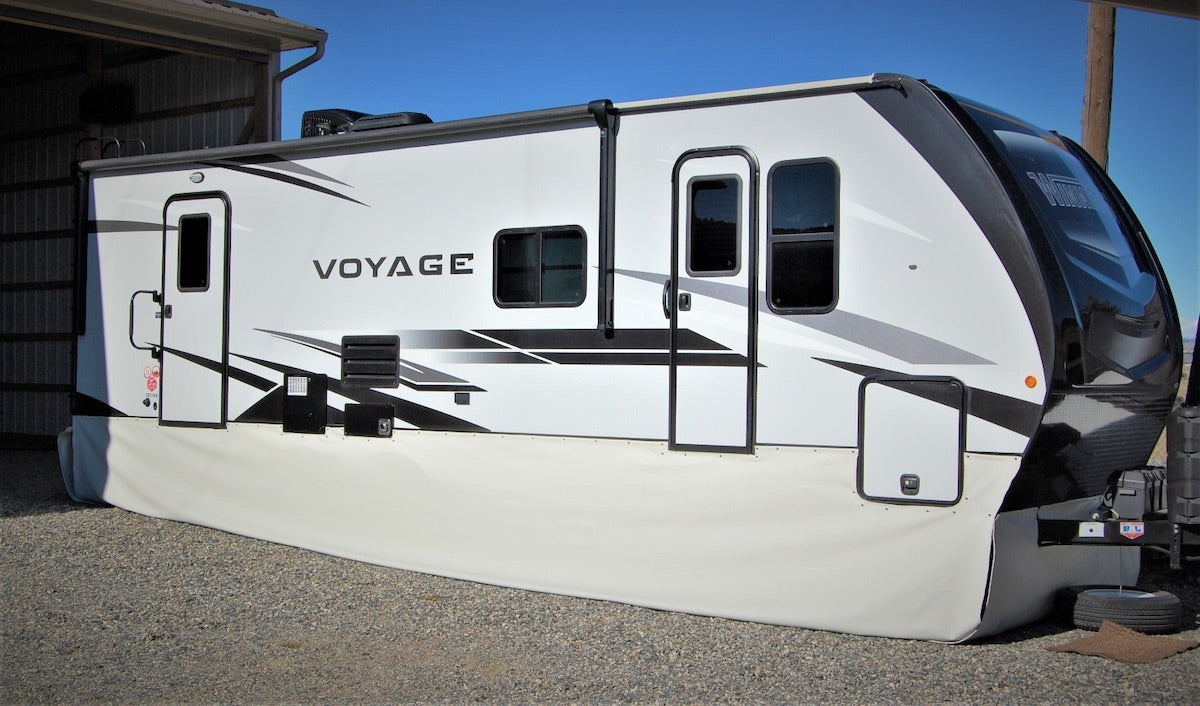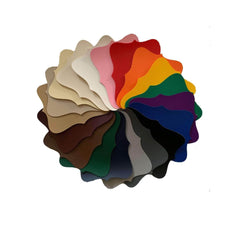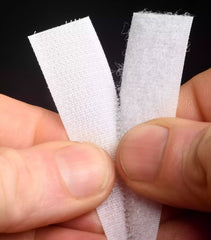
The Ultimate Guide to DIY RV Skirting for All Seasons
RV skirting is a smart, cost-effective way to protect your RV year-round. Whether you’re camping through winter or trying to keep your RV cool in the summer, the right skirting creates a more comfortable interior while preventing heat loss, moisture buildup, and even unwanted pests. If you’re ready to take the DIY route, this guide breaks down everything you need to know—from materials to installation.
What Is RV Skirting and Why Do You Need It?
RV skirting is a barrier installed around the base of your RV, sealing off the undercarriage. In winter, it prevents cold air and wind from rushing under your RV, reducing heat loss and frozen pipes. In summer, it blocks hot air and sunlight, helping your AC work more efficiently. Skirting also reduces dust, debris, and pests that often find their way into open undercarriages.
Best Materials for DIY RV Skirting
Vinyl Skirting – Heavy-duty marine-grade vinyl is durable, waterproof, and UV-resistant. It holds up against snow, rain, and sun while maintaining flexibility.
Plywood or Foam Board – Budget-friendly and effective for insulation but less portable and harder to store.
Canvas or Heavy Fabric – Lighter weight and easier to work with, but may require water-resistant coatings for wet conditions.
Tip: Marine vinyl is often the best all-weather solution because it’s tough, easy to clean, and resistant to mold and mildew.
DIY Installation Tips
Measure Carefully – Measure from the ground to the RV’s bottom edge at all points (since ground surfaces aren’t always level).
Add Secure Fasteners – Use snaps, turn buttons, or Velcro to secure the vinyl skirting for a tight seal.
Consider Insulation – In cold climates, add foam board or insulation panels behind the vinyl.
Seal Gaps – Check for small gaps to ensure wind or critters can’t sneak in.

Maintenance and Seasonal Care
Marine vinyl skirting is low-maintenance. Simply rinse with water and mild soap every few weeks to remove dirt. For winter storage, make sure the material is completely dry before rolling it up.
Bottom Line
DIY RV skirting can save you hundreds compared to custom solutions while offering the same weather protection. A durable material like marine vinyl provides reliable performance in all seasons, giving your RV a professional, long-lasting finish.






Leave a comment
This site is protected by hCaptcha and the hCaptcha Privacy Policy and Terms of Service apply.